Interior designers, do you expect clients to procure from you?
pkp
last year
Featured Answer
Sort by:Oldest
Comments (82)
chispa
last yearKristin Petro Interiors, Inc.
last yearRelated Discussions
Do what you like...or what others expect?
Comments (52)Doing what you like with more than "cosmetic choices" is a freedom that only someone who is pretty well funded can take. If it only involves painting your walls passionate purple and filling it with tiki room furniture, then that's a low cost risk that almost anyone can take, because that's easily rectified if your spouse loses a job and you can't afford the home any more. If (true story) you've taken a 3 bedroom home 2 bath home and used one of the bedrooms to expand the master, used another to make a walk in closet and combined the two bathrooms into one, then you've done what you like and what works for you---but at a SIGNIFICANT detriment to the value of the home. A 1 bedroom 1 bath home simply will not appraise the same as a 3/2. And then, if you're forced to sell the home because of a health change, you're really going feel those dollars lost because of "doing what you liked". However, if the home is paid for, and retirement is very well funded, perhaps it's not as big of a "sting" to you to lose 200K in home value. That's the economic freedom I'm talking about. And, most Americans are 3 missed paychecks away from poverty rather than flush enough to be able to take the chance of adversely affecting the largest asset that they own adversely. So, "do what you like", but keep the "bones" mainstream would be my advice. And never extend yourself financially for anything too personal. Because the moment you commit yourself financially to those permanant personal choices is the moment you risk losing it all. No one is immune to the economy!...See MoreInterior Designer contract
Comments (18)Agree wholeheartedly with StudioBlu. No project or relationship between an interior designer and a client should commence without a written contract for the protection of both parties. Contracts are made to be negotiated and I am flexible with my clients within reason. But there are professional standards and practices that should be maintained by all your professionals (Architect, Interior Designer, Professional Consultants and Engineers, General Contractor) and a solid contract insures that in the rare instance that something goes so wrong that the contract needs to be referenced, there are clear paths to resolution. That is just better for everyone. In regards to which contract to use, the ASID contract is a solid contract. I would equate it to a standard real estate contract that you would use in purchasing property. It is based on best demonstrated practices for the industry and factors in a broad variety of situations following standard industry protocol. I use a modified version of it and have never had problems because the very act of discussing the contract is a great starting point to set expectations for a project. Clients often don't realize the extensive role the Interior Designer plays in bringing a project to completion. By reviewing the contract with my clients, I can give examples from both the client's perspective and mine of how and why that clause exists and the value of the services my firm will be providing. I recommend all relationships between professionals and their clients begin with a open discussion around the contract....See MoreAck! Cabinet install not like I expected. What do you think?
Comments (31)So, dear husband was there this morning and when the GC arrived, said to him "Gee, this wasn't how we expected it would be." Long story short, they took out the tape measure and measured everything on that wall. When they measured the wall itself from the right hand corner to the left side where that wall ends, they found that the crew had framed it an inch longer than the dimension in the plans. (Thus making for the 1 inch that they had to add the left-hand spacer for. :-) (Big sigh. This is what is killing me in this whole process. The whole kitchen had been gutted, so these are brand, spanking new walls. Not a case of trying to fit the cabinets into existing walls and blaming the walls. And the KD came out and remeasured after the gutting before finalizing the cabinet order. So there is no logical reason why the crew shouldn't have framed to the dimensions in her drawings. At every milestone - before the blueboard, before the plastering - we asked the GC "are you sure this fridge space is right?" Ok, I'm venting, and I suppose this is a rhetorical question: do I have to pull out a tape measure every day and confirm that they are building to the drawings? Yes! How tedious!) Soooo, once they saw that they had not built the wall to the plans, they took down that area and re-adjusted it so that it matches the drawings. :-) Which means that while there are going to be the 3/4 inch wide places on either side of the above-fridge cabinet for those two panels on either side, at least they are matching 3/4 inch wide places. And it matches the drawings (which is somehow comforting to my left-side-oriented brain). Bless you all GWers, because I would have been much more panicked today without having you to 'talk' with. If I ever have the stamina for another kitchen reno (way way into the future from now), I'm going to make it a GW-designed kitchen. You are the best! --Lee...See MoreRealistic expectations of an interior designer?
Comments (18)Several things: Inspo boards/feedback versus shopping locally " together" : This is absolutely THE most "efficient " way for any designer to get a feel for the FEEL you want in your home and it takes VAST amounts of time to even create the inspo boards, without putting a fanny in the car and driving hundreds of miles over days . ( The reason I put efficient in quotes ). You're in Boston area. You live in an area surrounded by the same stuff every single mid to large city has. Ethan Allen , Pottery Barn, West Elm.......maybe an RH . You also have a design center, and still to some degree, the antique stores that have met a demise in most other cities. In no way do these represent an entire market of what IS available. The local design to the trade venue? Even THAT will not show all that is available!!! Brick and mortar furniture ? Same thing , as many have had a hard time keeping doors open as the public clicks a mouse for cheap junk in a hurry. Couple this, with the fact you are adapting to a bit more traditional feel. GOOD LUCK. This exists at the high and LOW end of the market. The look has been literally driven out by "farmhouse crap" and mid century crap. . Quality? Antique stores, 1st Dibs, Chairish........etc. . New goods? Baker furniture, Hickory Chair, Century, some Hickory White. After those? A minefield of not much, and not much tradition. Budget: The price of a particular piece? It means next to nothing in case goods. A three k dresser can be Restoration Hardware. Is it quality? No, not really. " Another 1 k would have gotten you dovetail joinery."..............no, not necessarily. And dovetail drawers can be found on junk furniture, believe it or not. She saw the dresser it in a showroom....she showed it to you. Did you ASK to go see the piece in person? Apparently not, yet you were willing to "go shopping together".! I'm sorry, but you confused her. Yes, you did. You told her your priority was the living room, and it never occurred to her that the dresser would equal the IMPORTANCE of the selections for that living room. You asked her to drag the budget information out of you. What you never said, and she did not ask, was this: "I can spend __________$ This YEAR. I can spend __________ next year. I must have now, these things --------------------" . I can wait on these................" Yet you said "no to things that were more than you wanted to spend" .........which IS it??? And on what? ! You were vague, and as you typed above? It's still vague to us. To me. Every designer is tasked with getting the budget answer, to which we generally get this reply, essentially. ........ " I just want the best looking home I can have, for the least amount of dollars." Every piece? "How much is it?!" So......walk a mile in our shoes. Couple ALL of this with the fact that a new home rarely needs a total re furnishing. In fact? I would resist that. Traditional homes can successfully marry both tradition and more contemporary looks. They are more interesting, more collected, than a boatload of "it's all new" Here's Suzanne Kassler Buckhead, outside and inside... Look at the art and the STAIR......... Which of these appeals in traditional "bones"??? Such as below... Look at the cocktail table, below, and the more modern relief to the obvious tradition. Or........... more below. The point is as the pictures reveal : ) While it's important to "listen" to a house? It's not the dictator. Look at the moldings, chair rail , windows etc and the lighting in both, below........and the furnishings....See Morearcy_gw
last yearkitschykitch
last yearDiana Bier Interiors, LLC
last yearmtnrdredux_gw
last yearlast modified: last yearKendrah
last yearlast modified: last yearpkp
last yearlast modified: last yearAiFL
last yearpkp
last yearlast modified: last yearAiFL
last yearJAN MOYER
last yearlast modified: last yearpalimpsest
last yearlast modified: last yearJAN MOYER
last yearlast modified: last yearKristin Petro Interiors, Inc.
last yearJennifer Hogan
last yearpalimpsest
last yearWestCoast Hopeful
last yearmotupeg
last yearmotupeg
last yearDiana Bier Interiors, LLC
last yearpalimpsest
last yearKendrah
last yearCDR Design, LLC
last yearlast modified: last yearJAN MOYER
last yearlast modified: last yearKendrah
last yearmtnrdredux_gw
last yearWestCoast Hopeful
last yearWestCoast Hopeful
last yearmtnrdredux_gw
last yearpalimpsest
last yearlast modified: last yearCDR Design, LLC
last yearWestCoast Hopeful
last yearJAN MOYER
last yearlast modified: last yearpalimpsest
last yearlast modified: last yearthinkdesignlive
last yearthinkdesignlive
last yearthinkdesignlive
last yearJennifer Hogan
last yearmtnrdredux_gw
last yearWestCoast Hopeful
last yearmtnrdredux_gw
last yearlast modified: last yearpalimpsest
last yearlast modified: last yearmtnrdredux_gw
last yearDiana Bier Interiors, LLC
last yearpalimpsest
last yearWestCoast Hopeful
last yearJennifer Hogan
last yearpalimpsest
last yearlast modified: last yearmtnrdredux_gw
last year
Related Stories
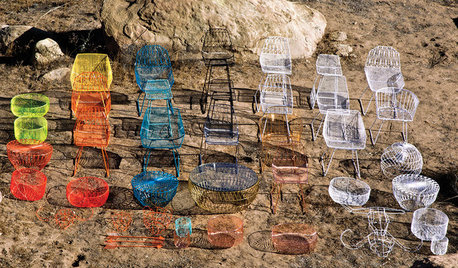
EVENTSIndie Interior Designs: The 2015 Interior Design Show West
Homeowners and professionals get up close with boutique brands, independent artists and up-and-coming designers
Full Story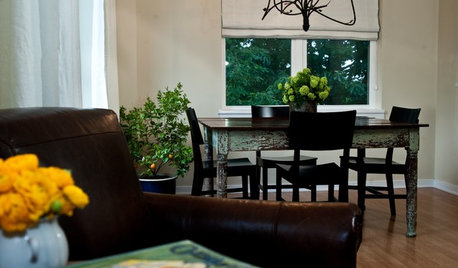
DECORATING GUIDESTop Tips From a Green Interior Designer
Ecofriendly homes can do more than tread lightly on the earth. They can be stylish and comfortable too, says this top-notch green designer
Full Story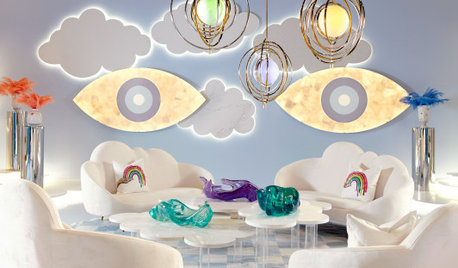
EVENTS5 Hot Trends From Toronto’s 2020 Interior Design Show
Textured faucets, biophilic wallpaper and sculptural LED lights were among the trends spotted at this year’s IDS
Full Story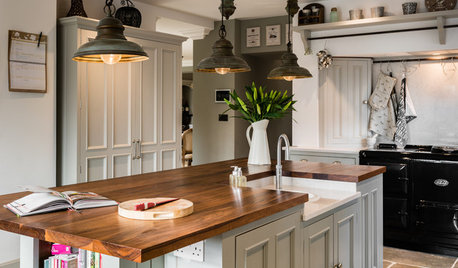
DECORATING GUIDESInterior Design Trends Expected to Take Hold in 2018
Get the lowdown on the colors, materials and other design decisions gaining steam now
Full Story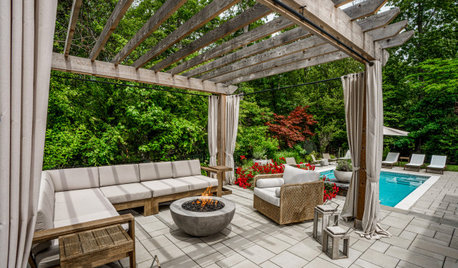
WORKING WITH PROSWhat to Expect From a Landscape Design Consultation
Pros share their advice for getting the most out of this meeting, including how to prepare and what questions to ask
Full Story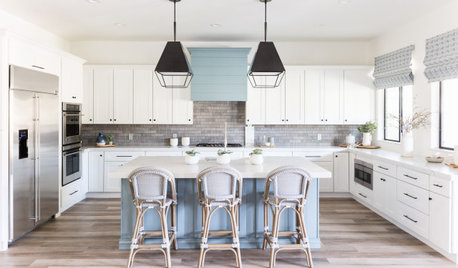
LATEST NEWS FOR PROFESSIONALS‘Challenge Your Clients’ and More Insights From Design Pros
Five design pros share business knowledge gained from recently completed renovation projects
Full Story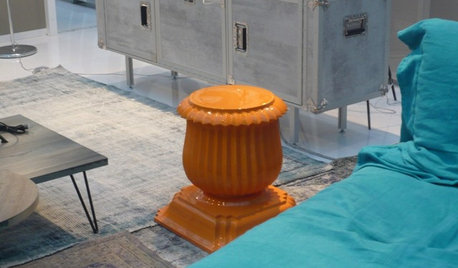
Special Report: Interior Design News From Cologne
Take a Photo Tour of the Latest Furniture Innovations Headed Our Way
Full Story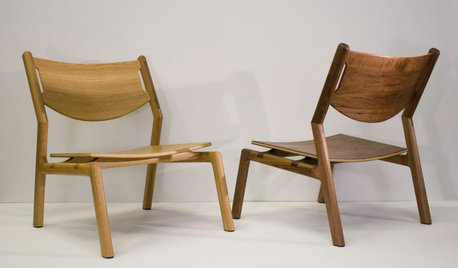
LATEST NEWS FOR PROFESSIONALS4 Nature-Inspired Trends From Interior Design Show Vancouver 2019
Earthy palettes and organic materials signal a return-to-nature trend at the city’s top design show
Full Story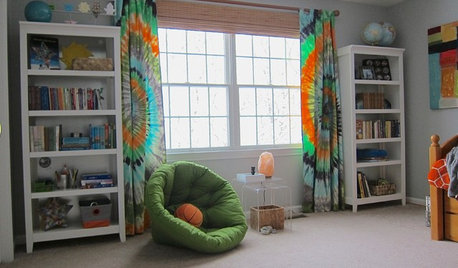
KIDS’ SPACESThis Designer’s Client Was Her 10-Year-Old Son
What do you give a boy with a too-babyish bedroom when he’s approaching double digits? See for yourself
Full Story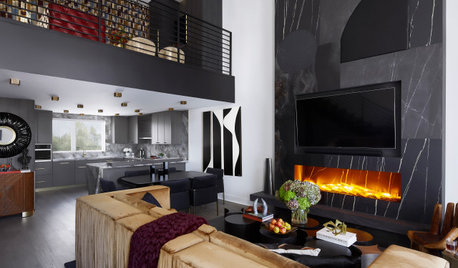
HOUZZ TV LIVEStep Inside an Interior Designer’s Experimental Modern Glam Home
Watch and read how John McClain used his stylish new L.A. home as a design laboratory to test new materials and features
Full StorySponsored
Franklin County's Preferred Architectural Firm | Best of Houzz Winner





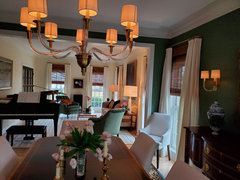

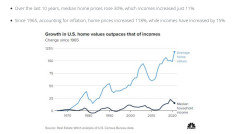


Jilly